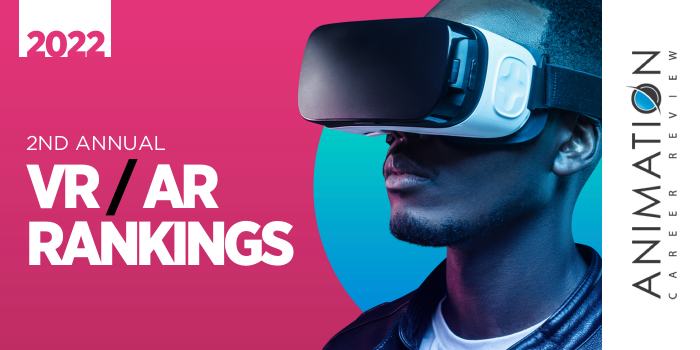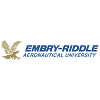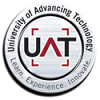Embry-Riddle Aeronautical University (ERAU or Embry-Riddle) is the world’s largest university specializing in aviation and aerospace. Founded in 1925 as the Embry-Riddle Company, ERAU has physical campuses in Daytona Beach, Florida, and Prescott, Arizona, and online campuses including Embry-Riddle Online and the Worldwide Campus.
Embry-Riddle serves nearly 33,700 students enrolled in 100 degree programs at the associate, bachelor's, master's, and PhD levels. ERAU’s seven primary fields of study include Aviation, Applied Science, Business, Computers and Technology, Engineering, Security, Intelligence, and Safety, and Space.
The residential campus in Prescott, Arizona opened in 1978 with 268 students in enrolled in the Aeronautical Science Program. Today, the Prescott campus serves more than 3,000 students enrolled in programs administered ERAU’s College of Arts & Sciences, College of Aviation, College of Engineering, and the College of Security & Intelligence.
The College of Arts and Sciences (COAS) houses the Simulation Science, Games, and Animation (SSGA) Department, which provides a popular pathway to study AR/VR. The SSGA BS is a technical, multidisciplinary degree that requires coursework in animation, artificial intelligence (AI), simulation, computer graphics, modeling, computer science, engineering, mathematics, and physics. The program also incorporates aspects of art and design. Course examples include Mixed Reality, Systems Simulation, Games Systems, Interactive Media, World Building, Procedural Simulation, Multiplayer Systems, Game Engine Architecture, AI, and User Interface Design.
Students in the program will learn how to build virtual worlds and simulations by using the technologies and mathematical algorithms utilized in games, aviation simulators, animation software, streaming video networks, and computer aided design (CAD) systems. Students will have opportunities to work in ERAU computer labs including the Airway Science Lab, Meteorology Lab, College of Engineering Senior Design Lab, and the Design and Computer-Aided Design Lab. In the labs, students will work with development platforms, software, and programming languages such as C#, C++, Python, JavaScript, HTML5, Maya, and Unity3D.
All Embry-Riddle students have access to the STEM Education Center at the Prescott Campus. Launched in 2017, this two-story, 52,529-square-foot building STEM Center features the latest technology and equipment, including a variety of computing, simulation, and robotics labs. The Center houses the LIGO Optics Lab, the Jim and Linda Lee Planetarium, The Dr. Charles and Elizabeth Duva Robotics Lab, The Raisbeck Engineering Design Lab, and others.
Graduates of the Simulation Science, Games & Animation BS Program at Embry-Riddle Aeronautical University work in AR/VR, Game Design, Software Development, Entertainment, and Virtual Training. Program alumni also work in a variety of roles within the Military and Intelligence Communities, High-Tech Manufacturing, Aviation, and Police Training Simulation. Companies and agencies that have hired ERAU SSGA graduates include Boeing, Microsoft, Blizzard Entertainment, the Department of Defense Modeling and Simulation Office, Mass Virtual, Forge FX Simulations, Win Reality VR Training, and Super League Gaming.












